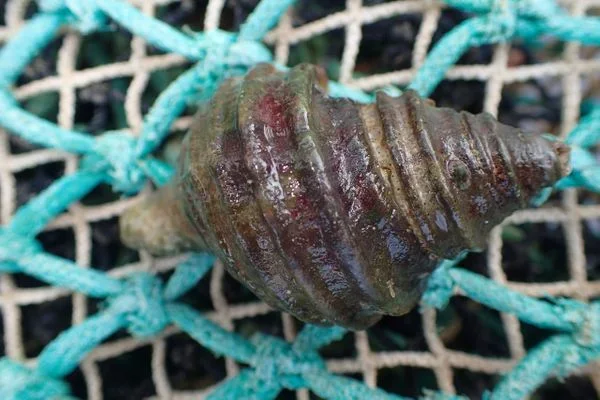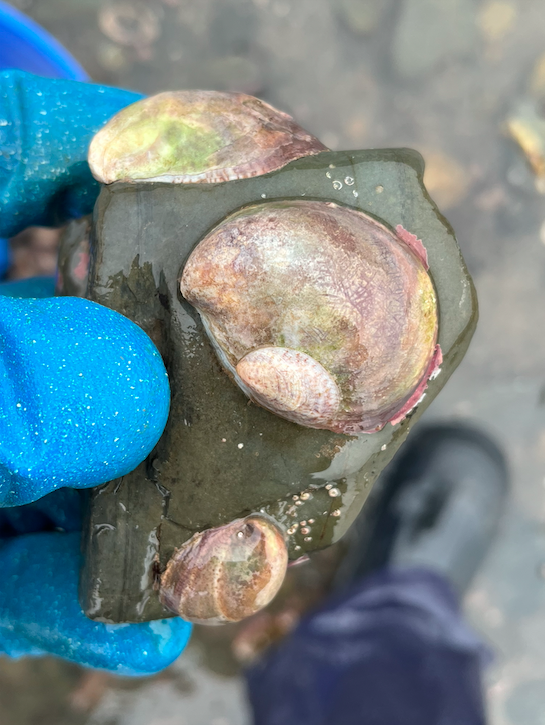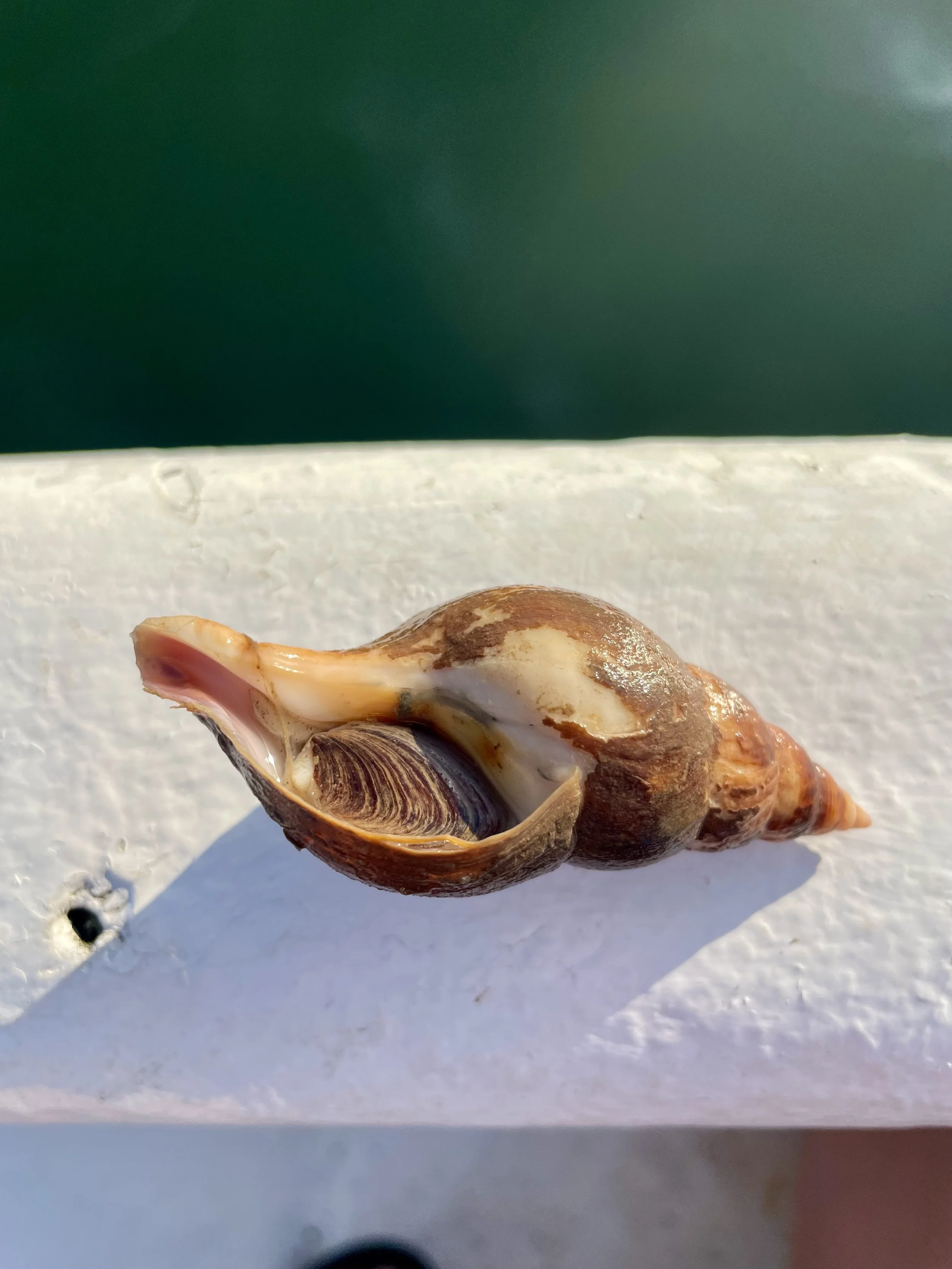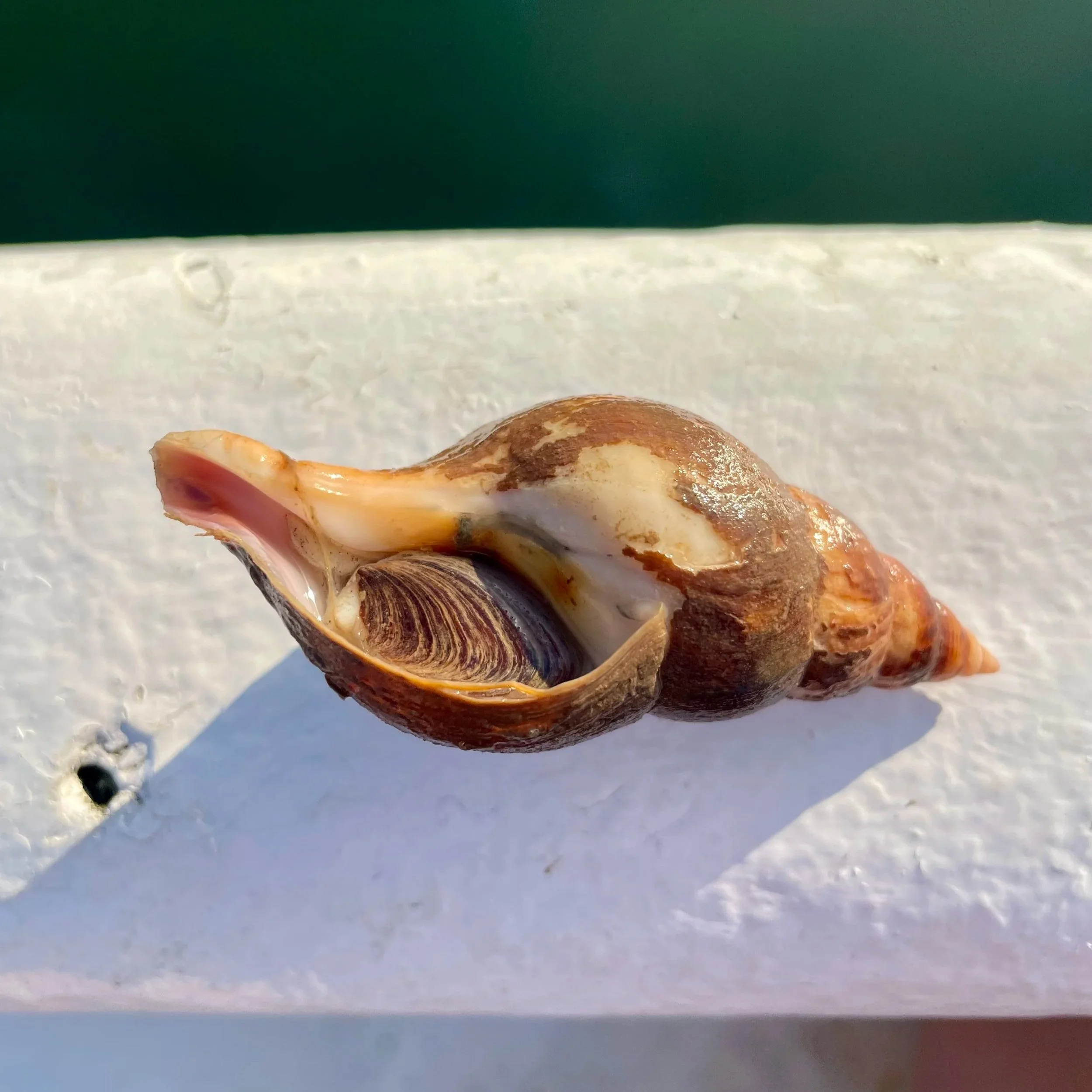 Image 1 of 1
Image 1 of 1


Eastern Mud Snail (Tritia obsoleta)
Eastern Mud Snail (Tritia obsoleta) – Live Marine Specimen from Maine
This is a wet, live, science specimen.
The Eastern Mud Snail (Tritia obsoleta) is a small but hardy gastropod found in muddy intertidal zones along the Maine coast. Often partially buried or covered in mud, these snails play a vital role in the marine ecosystem, recycling nutrients and supporting food webs. They are ideal for aquariums, classroom tanks, and marine ecology studies.
Common Name: Eastern mud snail, mud dog whelk
Scientific Name: Tritia obsoleta
Locations: Low water mark on muddy bottoms
Seasonality: Available year-round
Colors: Dusky brown with white markings, often coated in mud
Size: ¼" – ½"
Collected: By hand
Quantity: Sold by the each
Note: This is a live marine specimen. Natural variations in size, color, and appearance from photos should be expected. If you would like any specimen preserved, please send a request to info@gulfofme.com.
Eastern Mud Snail (Tritia obsoleta) – Live Marine Specimen from Maine
This is a wet, live, science specimen.
The Eastern Mud Snail (Tritia obsoleta) is a small but hardy gastropod found in muddy intertidal zones along the Maine coast. Often partially buried or covered in mud, these snails play a vital role in the marine ecosystem, recycling nutrients and supporting food webs. They are ideal for aquariums, classroom tanks, and marine ecology studies.
Common Name: Eastern mud snail, mud dog whelk
Scientific Name: Tritia obsoleta
Locations: Low water mark on muddy bottoms
Seasonality: Available year-round
Colors: Dusky brown with white markings, often coated in mud
Size: ¼" – ½"
Collected: By hand
Quantity: Sold by the each
Note: This is a live marine specimen. Natural variations in size, color, and appearance from photos should be expected. If you would like any specimen preserved, please send a request to info@gulfofme.com.

A group of mud dog whelks grazing in the mud on a sunny day in May. When the picture was taken, there were probably a million whelks grazing together - and making a loud slurping noise in unison.
Tidepool Tim says, “This is the smallest whelk species we supply. They are not native to our cold-water bays here in eastern Maine. I collect them at my in-laws' place in Freeport. They are complete scavengers that like to feed in the muddy bottom or sandy mud area and are omnivorous. We sell a lot of these snails to aquarium enthusiasts cause they help keep their tanks clean sweeping up uneaten food, algae, other dead or dying organisms. They also make a good disposable food source for smaller sea-stars, hermit crabs, and fish.”





















